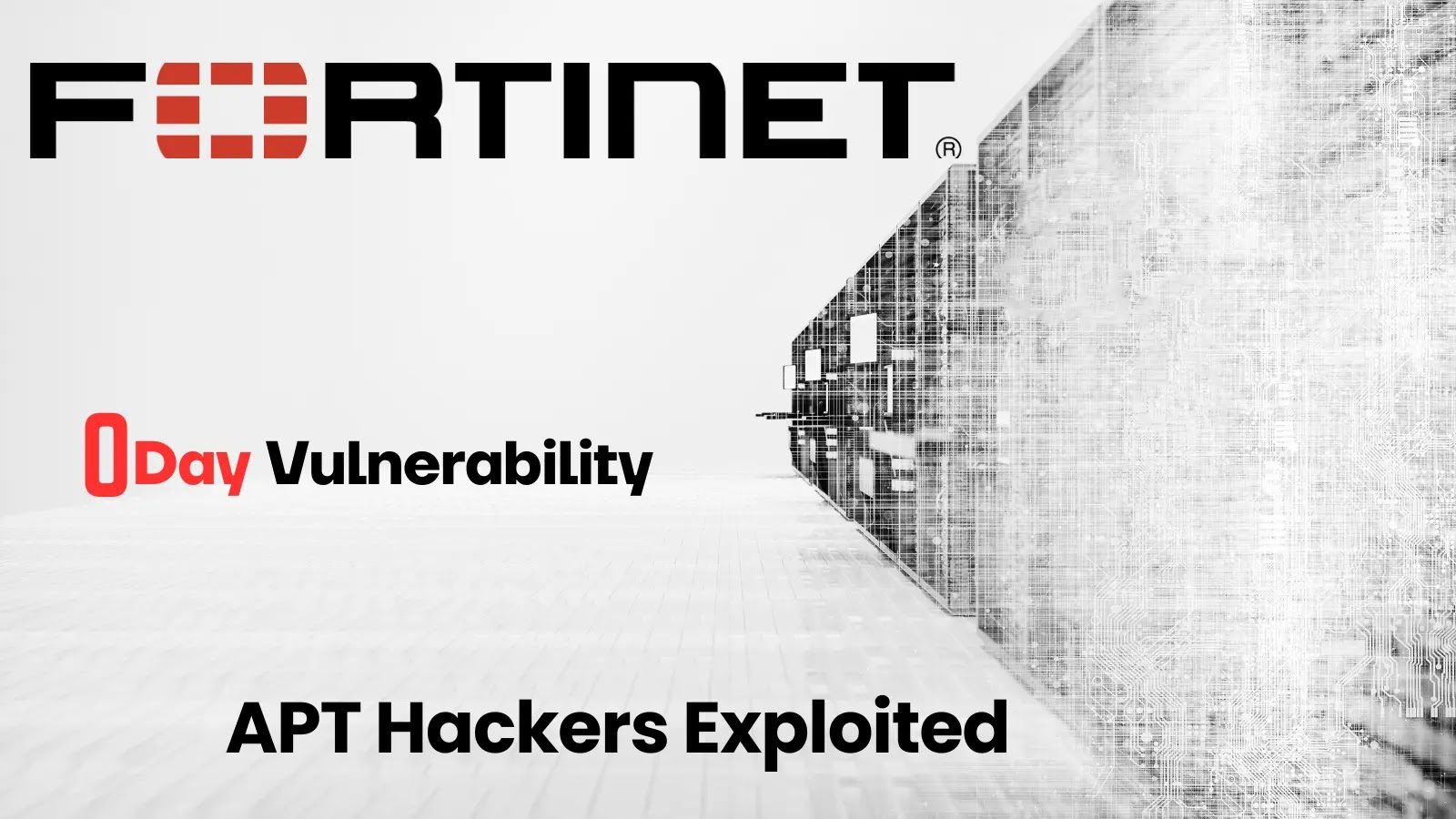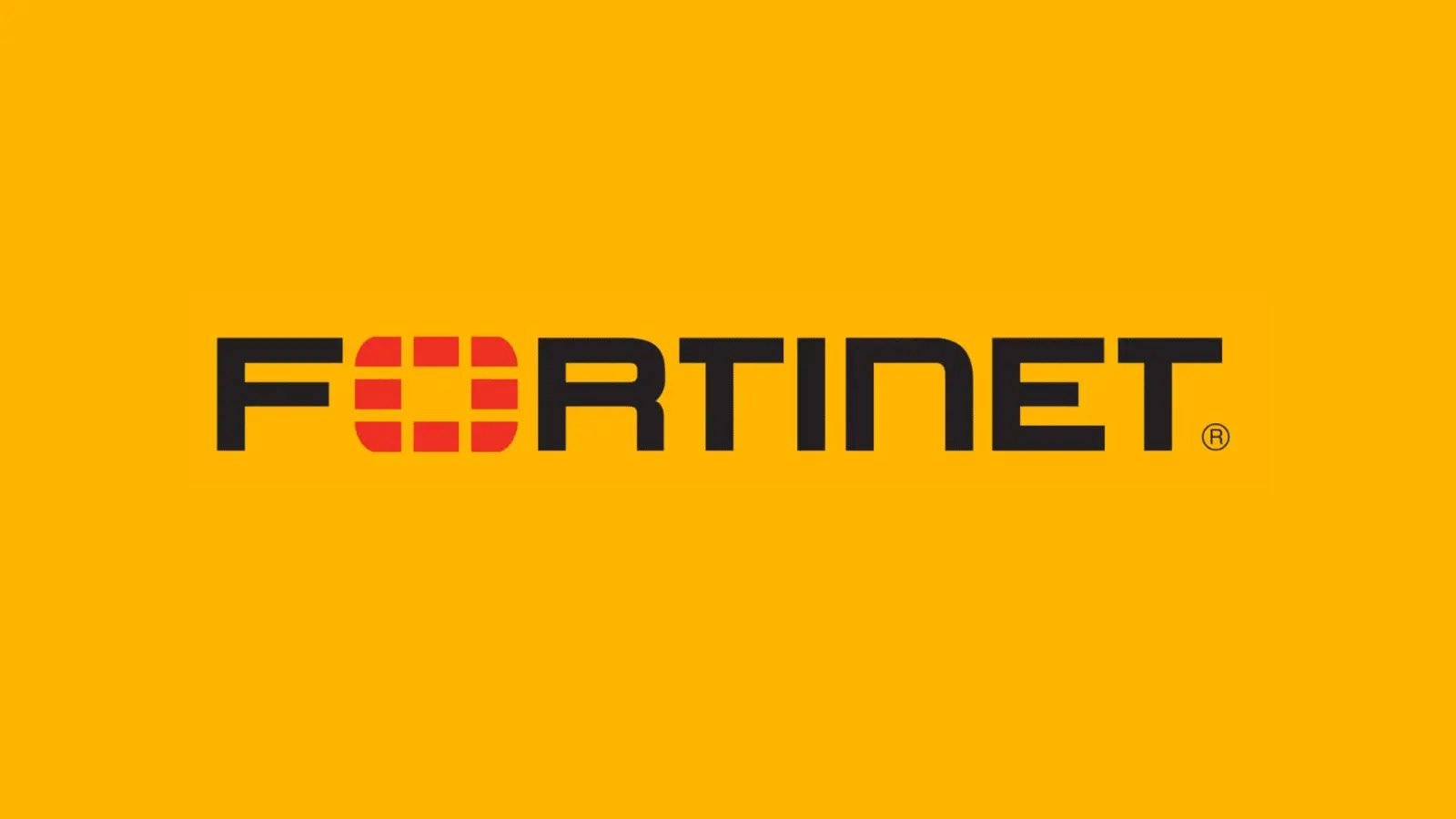How Restricting Access to Resources Improves Cyber Security
Something needs to change with cyber security. One study found that between 2021 and 2022, data breaches increased by over 72%. You can’t argue that those aren’t alarming figures that surely will only increase.
Even with strict access controls and the most robust security policies, it seems nobody is safe from cyberattacks. Even in 2015, the Pentagon, which everyone knows as being one of the most secure facilities, fell victim to a cyberattack and the breach of over 30,000 personnel records. Sure, they didn’t get into the deep secrets of the Pentagon—no doubt protected by the strictest access controls—but it still highlighted vulnerabilities. No doubt, these access controls would have improved cyber security massively.
And that’s what we want to discuss: how restricting access to resources improves cyber security.
Read on to find out.
Limited People = Limited Problems
Restricting access to resources within an organization can enormously minimize the potential exposure points for cyberattacks. It’s not necessarily about the people and not trusting them; it’s the extra exposure points.
A fundamental concept in cybersecurity is not giving any more permissions or access rights beyond needing them to do their job. It’s called the principle of least privilege. Limiting the number of people who can enter can massively reduce the threat of unauthorized entry, data breaches, and other security issues.
So, as you can see – fewer people = fewer problems.
Improved Security
Improved Security Information and Event Management (SIEM) is one of the most direct advantages of implementing strict access controls.
Organizations become better protected against different kinds of cybercrime when they ensure that specific resources are accessed only by authorized persons. These include external threats like hackers trying to penetrate network walls resulting from disgruntled employees working with criminal intentions. Not that it always happens intentionally, but 88% of company breaches are caused by employee error.
To enforce security policies effectively, various mechanisms used for controlling access, including role-based access control (RBAC) and mandatory access control (MAC) can work – but we’ll go into them in more detail further along.
Organizations create a solid multi-layer defense strategy for protecting sensitive data from unauthorized entry by enforcing these policies.
Boost Efficiency
Restricted accessibility enhances efficiency, especially within an organizational setup.
When employees have clearly defined access rights, they can work within their digital ecosystem effectively, thereby minimizing the search time for information or how to gain access to systems they need, resulting in increased productivity.
And, the fewer people who have access to sensitive systems, the less accidental modification or deletion of vital information can occur, resulting in a more stable and robust operation. Trust us, people get clicker happy and delete things they shouldn’t do. And unless you have a backup, it’s a nightmare.
Another and, security teams can monitor and protect these areas to a greater extent by reducing the number of people who have access to privileged resources.
Simplify User Management
One of the biggest advantages (we’ll say they are all the biggest advantages) of restricting access to resources is simplified user management. Depending on the size of your company, this is essential. User management becomes complex and time-consuming, especially when dealing with large organizations with high staff turnovers and divisions with numerous departments.
This process may be streamlined through strict controls on accessing systems with critical information and crucial systems only for authorized personnel.
Access control systems – like identity and access management (IAM) solutions – provide an integrated platform for managing user permissions. These systems allow administrators to add, edit, or remove access rights according to their role, department, or employment status.
Different Types of Access Control
It would be simple if there were only one type of access control, but there isn’t. Here are the most common:
- Discretionary Access Control (DAC): This type of authorization system allows owners to decide on the accessibility of resources. Based on the resource owner’s judgment, they may either grant or refuse other users’ requests for resource accessibility.
- Mandatory Access Control (MAC): MAC is fairly rigid. This kind of access control model follows rules based on pre-defined security labels and classifications. For example, a user’s clearance level and the classification of given resources would enable them to gain permission accordingly.
- Role-Based Access Control (RBAC): In RBAC, permissions are assigned to roles within an organization – each role has specific permissions associated with it. When a user’s role changes, so do their permissions.
- Attribute-Based Access Control (ABAC): ABAC uses various attributes, such as those of individual users and attributes related to particular resources or conditions within the environment, to decide whether to grant or deny access rights.
Do you think every company should have restricted access? We think the security benefits are high enough to say yes, absolutely they should. And when you look at the statistics we gave you in the introduction, it seems there’s more urgency for companies to implement strategies like access control to improve cyber security.






